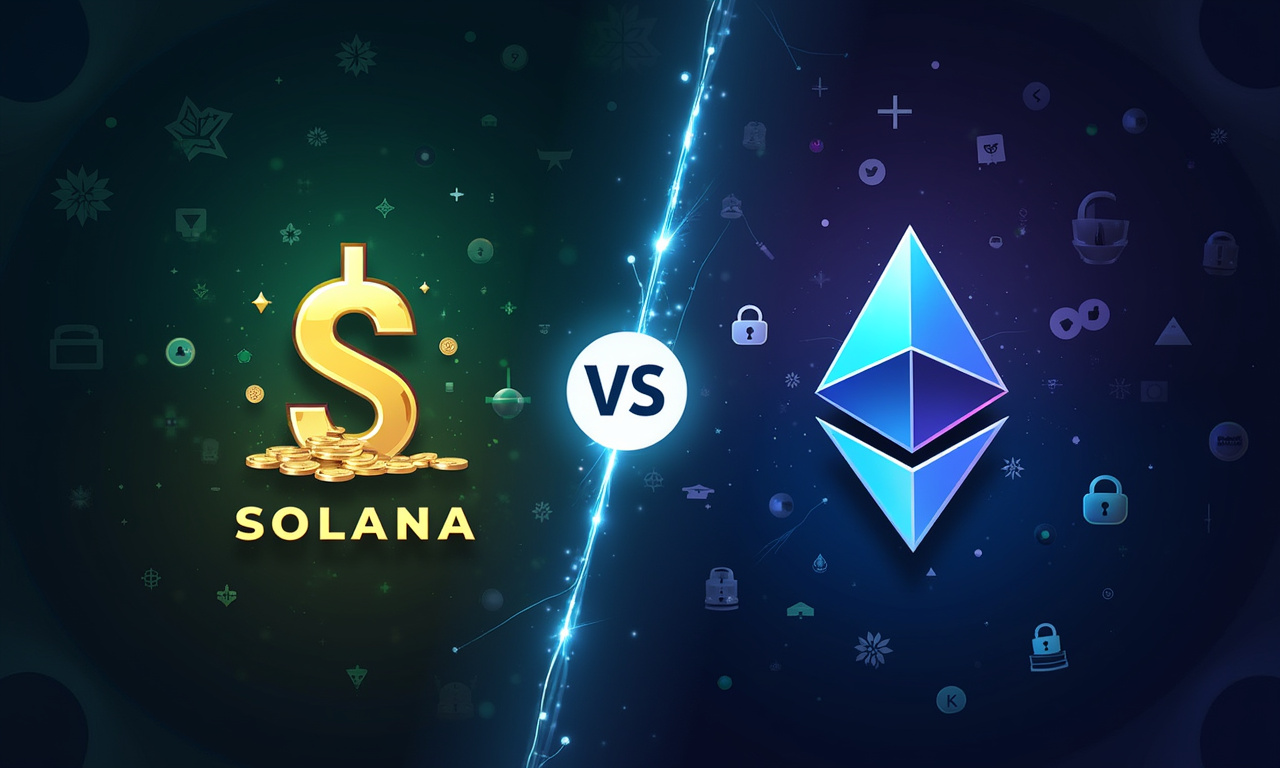
The cryptosphere is alive with speculation. Here’s one very bullish prediction making the rounds – that Ethereum (ETH) will hit $8,500 by 2025. There are a number of reasons driving this optimistic sentiment. The recent approval and inflows into Ethereum-based Exchange Traded Funds (ETFs), increasing institutional adoption, and staking rewards offered by the Ethereum network add to the optimism. LeeChiaJian takes a deep dive on each of these drivers. Beyond that, he looks at risk factors and other scenarios that could shape Ethereum’s price future trajectory.
ETF Inflows: A Tidal Wave of Capital
Since their launch, Ethereum-based ETFs have experienced immense popularity, drawing in unprecedented capital inflows. So far this year, these ETFs have brought in more than $1.5 billion. At an extraordinary pace, a net of $1.17 billion went in during just the month of June! This month’s record-breaking addition highlights the increasing demand from investors to gain exposure to Ethereum through regulated investment vehicles. The US has recently approved Ethereum Spot ETFs to be traded. This historic ruling opens the door for a broader class of investors to invest in the Ethereum ecosystem.
Eight ETFs have been approved to trade from the industry’s big three asset managers. This would cover companies such as Grayscale, Bitwise, Blackrock, VanEck, ARK 21Shares, Invesco Galaxy, Fidelity and Franklin Templeton. This broad spectrum of products gives investors several ways to get exposure to Ethereum’s price movement. From August 15 through August 21, these ETFs experienced a combined $92.2 million in net outflows. The Grayscale Ethereum Trust (ETHE) was largely responsible for this trend, experiencing more than $2.5 billion in outflows this past quarter. Turning away from these short-term price mutation, the long-term trend looks positive indicating a robust and rapidly increasing interest in Ethereum ETFs.
Institutional Adoption: Ethereum's Appeal to Big Players
These unique characteristics are proving to be increasingly attractive to institutions, specifically Ethereum’s composability and flexibility. Even Ethereum’s co-founder Vitalik Buterin has pointed out that what many institutions really want is an Ethereum that’s stable, reliable, and crashes on a regular basis like the Tether. This stability is important for institutions facilitating large-scale stablecoin transactions and providing digital asset custody services.
Blackrock’s tokenized money market fund BUIDL, which launched on Ethereum last year, is a prime example of this. It provides qualified investors on-chain access to yield with redemptions settled instantaneously in USDC—enabling instant liquidity. Deutsche Bank's recent announcement of building a tokenization platform on zkSync, a faster and cheaper blockchain built on top of Ethereum, further solidifies Ethereum's position as a preferred platform for institutional adoption. This innovative platform allows asset managers to issue, distribute and manage their own tokenized mutual funds, stablecoins, and other real-world assets. Finally, it supports adherence to regulatory and data protection guidelines. Even Robinhood has entered the fray, recently becoming the first publicly traded U.S. company to bring tokenized stocks on-chain.
Staking Rewards: Earning While Securing the Network
Ethereum's transition to a Proof-of-Stake (PoS) consensus mechanism has introduced the concept of staking rewards, providing ETH holders with an opportunity to earn passive income while contributing to the network's security. Stakers earn rewards for validating transactions and keeping the integrity of the blockchain in check. These rewards come in two forms: consensus layer rewards and execution layer rewards.
- Consensus Layer Rewards: These are rewards given by Ethereum for performing validator duties correctly.
- Execution Layer Rewards: Validators can also earn rewards from the execution layer, adding another layer of incentive.
Stakers receive accrued consensus layer rewards as long as they are staked. Once they leave, they will be able to take their money out, even any amount above 32 ETH. The projected annual rate is your average staking rewards estimated over the previous period, excluding commission. Remember, that’s not a static rate. Unending rewards Staking can be attractive for ETH holders due to the continuing rewards. That incentive drives activity on the Ethereum network and may drive demand for ETH itself.
Potential Risks and Alternative Scenarios
When all these things come together, it shines a bright light on Ethereum’s future. We need to be mindful of the downside risks and scenarios that would change its current price trajectory.
- Faster Rivals: Ethereum faces competition from faster and more scalable blockchains like Solana, which has occasionally surpassed Ethereum in daily transactions and DEX volumes.
- Hack-Induced Trust Gaps: Past security breaches and hacks have eroded trust in the Ethereum ecosystem, and future incidents could further impact investor confidence.
- Macro Uncertainty: Macroeconomic factors, such as changes in 10-year yields, could influence Ethereum's price. A significant increase in 10-year yields could prompt the Federal Reserve to intervene with bond-buying, potentially impacting crypto correlations.
- Regulatory Uncertainty: Despite increasing regulatory clarity in Europe, uncertainty persists in other regions, which could hinder Ethereum's growth and adoption.
- Technical Issues: Ethereum's scaling solutions are still under development, and sporadic gas-fee spikes above $20 serve as a reminder that the network's scalability is not yet fully optimized.
These risks highlight the need to stay focused and realistic. We need to look at the other side of the coin when evaluating Ethereum’s prospects of reaching $8,500 by 2025. Some pundits are even more bullish, predicting a $10,000 ceiling. Whether Ethereum will actually live up to these lofty ambitions is still to be determined, but what’s behind Ethereum’s meteoric rise are the real and compelling facts.

Lee Chia Jian
Blockchain Analyst
Lim Wei Jian blends collectivist-progressive values and interventionist economics with a Malaysian Chinese perspective, delivering meticulous, balanced blockchain analysis rooted in both careful planning and adaptive thinking. Passionate about crypto education and regional inclusion, he presents investigative, data-driven insights in a diplomatic tone, always seeking collaborative solutions. He’s an avid chess player and enjoys solving mechanical puzzles.








